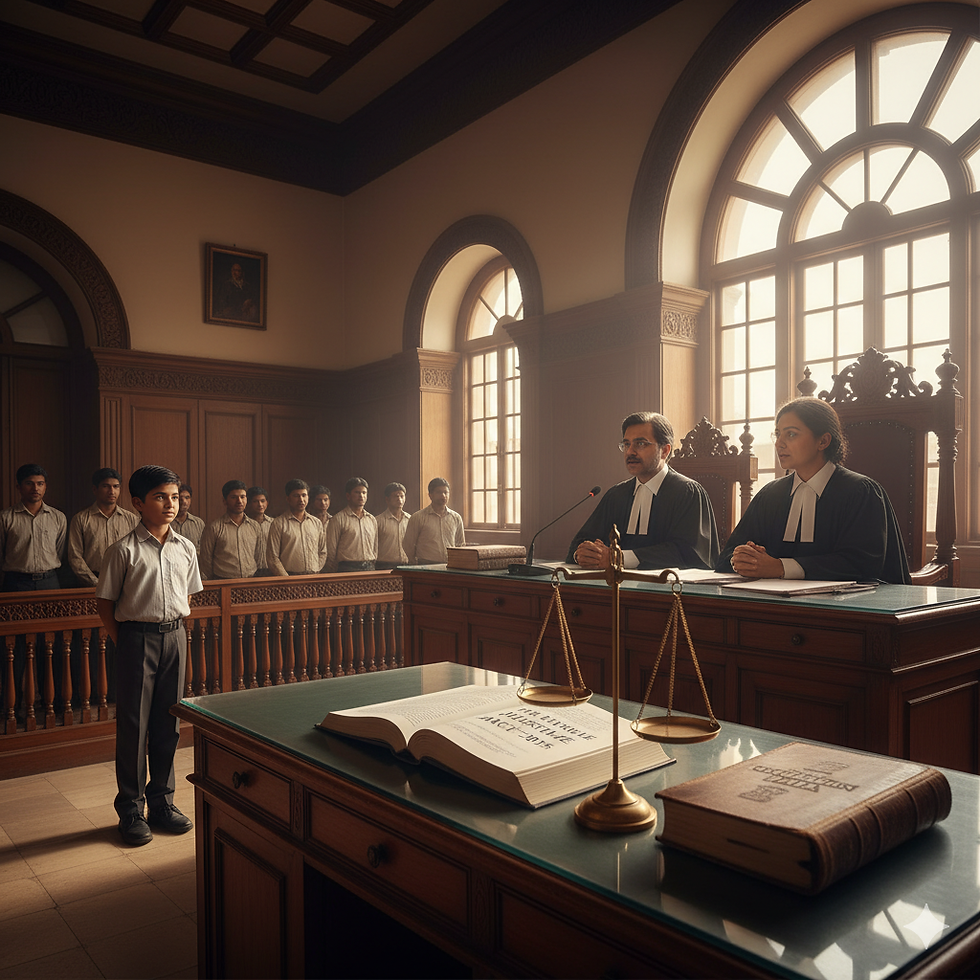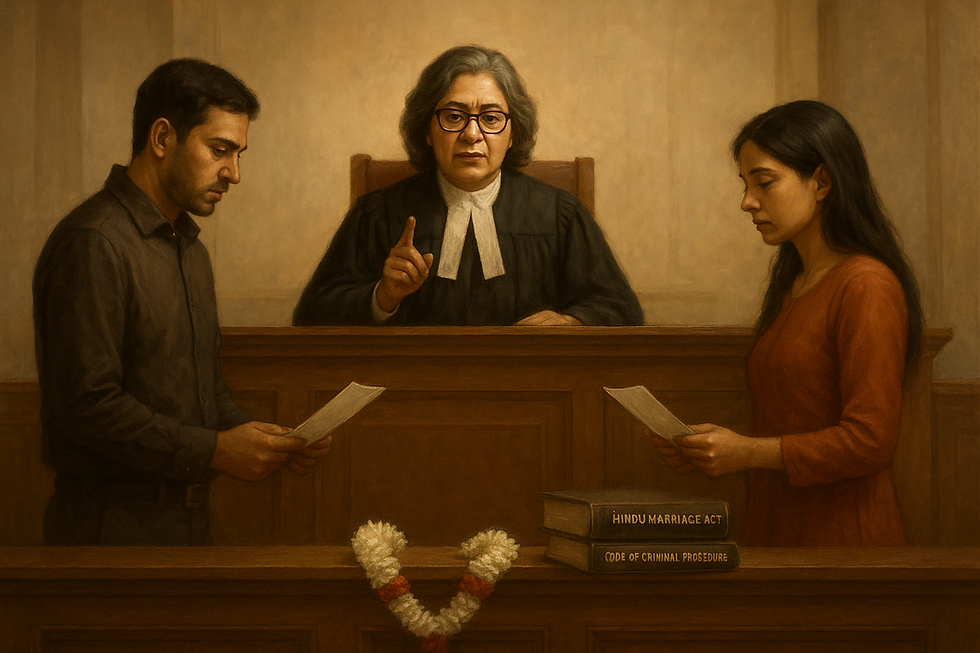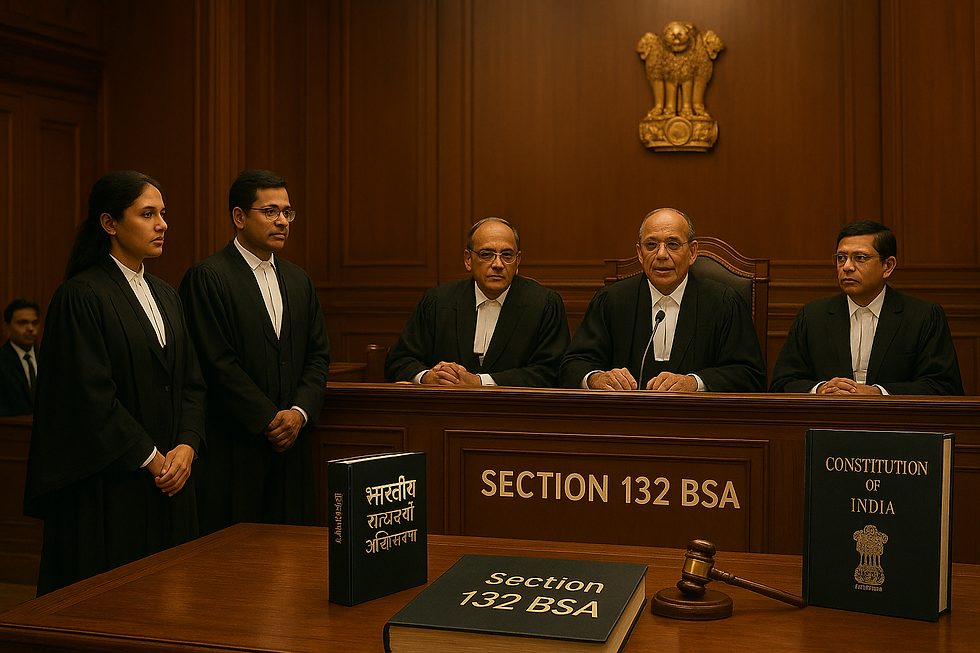Why You Can’t Use Article 32 to Challenge the Supreme Court's Ruling
- Lawttorney.ai

- Apr 25
- 3 min read
Case Title: SATISH CHANDER SHARMA & ORS. VERSUS STATE OF HIMACHAL PRADESH & ORS.
Context: In a recent decision, the Supreme Court of India clarified a key legal issue: you can't use Article 32 of the Constitution to reopen or challenge the Court’s own previous judgments. This ruling has drawn attention because it firmly sets the limits on how and when a decision by the top court can be contested.
Background of the Case
The case involved a group of retired employees from the Himachal Pradesh State Forest Development Corporation. They were denied pension benefits because of a cut-off date set by the state government. This policy had already been upheld by the Supreme Court back in 2016 in State of Himachal Pradesh v. Rajesh Chander Sood.
The petitioners in the present case, Satish Chander Sharma & Others v. State of Himachal Pradesh, wanted the Court to take another look at that 2016 ruling. It was believed by the petitioners that it was wrongly decided and so they claimed it violated their fundamental rights. Further, they also argued that the earlier ruling had ignored a prior judgment that ruled against such arbitrary cut-off dates.
Finally, the Supreme Court disagreed with their argument and rejected their plea. It further used this opportunity to draw a clear line and stated that once a judgment is passed, especially by the Supreme Court, it’s not open to being challenged again using Article 32.

Supreme Court’s Observations
The Court explained that Article 32 is meant to protect citizens against ongoing violations of fundamental rights, not to revisit cases that have already been settled. Just because someone disagrees with a judgment doesn't mean they can reopen the entire case under the guise of a constitutional violation.
The Supreme Court in its ruling underscored that finality in judicial decisions is crucial for maintaining the integrity of the legal system. Further it also cautioned that allowing repeated challenges to settled verdicts could lead to disorder and diminish public faith in the judiciary. A dependable legal system, the Court emphasized, must be rooted in consistency, stability, and predictability.
If someone believes a ruling is incorrect, the law provides proper remedies namely, a review petition or, in very rare circumstances, a curative petition. The petitioners’ argument that the 2016 ruling ignored a key precedent was rejected. The Court noted that treating two cases differently doesn’t mean it ignored the earlier one; it simply drew a distinction.
Supreme Court’s Ruling in Article 32
Justice Ujjal Bhuyan, who authored the ruling, called the petition “wholly misconceived.” The Court made it very clear: once a judgment is final, especially one passed by the Supreme Court, the only proper way to challenge it is through review or curative petitions not Article 32.
This ruling reinforces a fundamental legal principle: once a judgment is final, it should stay final, unless contested through the proper legal channels. Allowing cases to be repeatedly reopened would only lead to confusion and undermine the judiciary’s credibility.
Conclusion
So the Supreme Court’s decision undermines a crucial point that final judgments should not be reopened without valid reason. Instead, there are established procedures such as review or curative petitions for contesting a ruling. Without these safeguards, the legal system could descend into chaos, with old cases being repeatedly dragged through the courts.
This ruling of the Court accurately reminds what actually Article 32 of the Constitution of India is meant for. It’s there to protect citizens from ongoing violations of their fundamental rights, not to give people a second chance to contest decisions they don't agree with.
In a similar ruling, the Court reaffirmed that Article 32 cannot be used to challenge judgments from the High Court. These rulings collectively emphasize the need to follow the correct legal processes whether through a Special Leave Petition, a review petition, or a recall under Article 136.
At its core, the Supreme Court is setting clear boundaries to protect the integrity and stability of the legal system. This guarantees that the law stays consistent, reliable, and fair not just for the judiciary, but for everyone who depends on a functional and effective justice system.
Empower Your Legal Practice with AI
Are you a legal professional? Stay ahead with our innovative Lawttornet.AI tool. Streamline your legal processes, enhance productivity, and gain a competitive edge. Experience the future of legal technology—try our free Webinar session today!




Comments